One of the most significant aspects of developing close acquaintance with your pet cat is to have a good understanding of the feline friend’s behavior and make sense of it. Knowing what’s going on in the cat’s mind should help gauge its mood.
Indeed, it’s not easy to read the minds of animals, but pets are different because of their closeness to humans. Pet owners can identify certain behavioral traits of cats linked to their thoughts.
Closely monitoring cat behavior should help identify tell-tale signs that provide insight into the cat’s mood at any point in time.
It would be best if you understood some obvious moods of your cat from facial expressions, body language, tail movements, and vocalization. But to know what’s going on in the cat’s mind, follow the body postures and tail signs.
Evaluating the cues in the proper context is essential because a change can convey a different meaning for the displayed sign or behavior.
Luckily, cats are highly expressive, and the slightest movements of the ears or tail communicate some message. Therefore, paying equal attention to the physical cues and the situation enables better reading of your cat’s mind.
Signs That Tell About a Cat’s Playful Mood
Cats display a lot of energy when they are in a playful mood. They might be close at your heels as you move around the house, inviting you to play with them. A sudden burst of playful mood is evident when cats start playing with their favorite toy.
When a cat is in a playful mood, the movements of the body parts reveal the mood. For example, a playful cat will have erect ears pointing forward, and the animal appears extra alert. While playing, the cat will intently watch the toy or you with a wild look in the eyes, and pupils might be dilated.
Cats love playing stalking games, and you might find a cat crouching on the front feet with the hind end raised as if ready to pounce. When you see a cat ready to pounce, it’s a sure sign that it wants to play.
During this time, some cats might keep their tail down, others might raise their tail firmly, and another group might keep flagging their tail.
Happy and Relaxed
You can easily understand that your cat is happy and relaxed if it lies low and looks chilled out or sleepy. While maintaining a flat posture, they loosen the muscles and keep the head low but stationary. During this time, the cat would welcome some snuggling or petting.
When relaxing, a cat’s ears remain in a natural position, neither angled back nor flattened against the head. The ears might twitch on hearing sound but otherwise remains firmly in position.
During this time, the eyes remain half-closed as if dozing off while the cat remains indifferent to the surroundings. If the cat lies down when relaxing, it lies on its side angularly with the belly visible.
The posture displays an air of confidence arising from feeling safe. Relaxing while sitting will make the cat sit straight with their head up. When a cat lies down while relaxing, its tail lies flat and elongated on the ground with no signs of movement.
The Signs of a Scared or Worried Cat
The easiest way to identify a scared cat is to imagine a Halloween cat with a raised tail and an arched back. Your cat might remain firmly seated inside a hiding place without showing any intention of coming out.
When a cat flicks its ears back and forth rapidly, it’s a sign that the animal is feeling scared and trying to sense some danger by monitoring the surrounding sounds. The eyes will be very watchful, wide open with dilated pupils.
Read Also: 9 Tips for Keeping Your Cat’s Teeth Clean and Ensure Good Oral Health
The fur on the arched back stands erect, and the cat might even couch down as if preparing to run away. You can understand that the cat is tense and prepared for a fight or flight response as the tail is upright and rigid. Sometimes they might curl their tail against the body to protect them from being bitten or grabbed.
Besides the various movements of the body parts like ears, eyes, body, and tail, cats might display some other signs, too, for communication.
Understanding the Body Language of Your Cat
Affection and marking territory
Cats rubbing their body against any humans or objects is a clear sign of affection, but it sends out a different signal to other cats. At this time, cats secrete pheromones or scents to mark their territory.
Kneading
When cats flex their paws up and down against a pillow or your lap, the movement is known as kneading. Cats carry over the behavior from their kitten days when they display such behavior to their mothers while requesting milk. The behavior is associated with comfort.
Read Also: Most Common Cat Health Problems
Illness
When a cat crouches with its head and ears down, it is a sign of illness. The cat could be in pain, and lying down is an attempt to prevent aggravation. The eyes might look glassy or dull while the ears droop beside the head.
Vocalizing
When a cat meows, it tries to draw human attention when asking for affection or feeling hungry. A relaxed and content cat will purr. Making unfamiliar sounds would mean the cat is in trouble, in pain, or stressed out.
Careful observation of the cat’s body language helps to decipher its behavior and mood.
 DogExpress
DogExpress

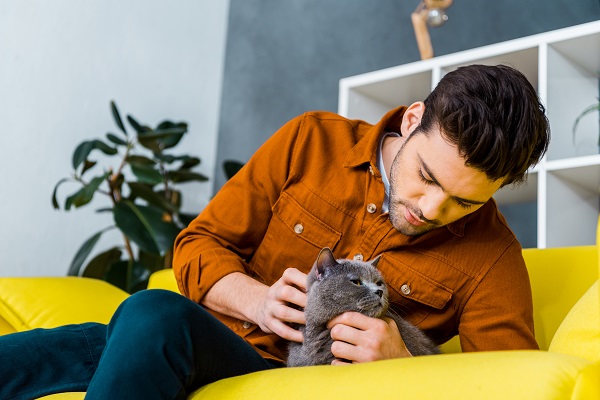
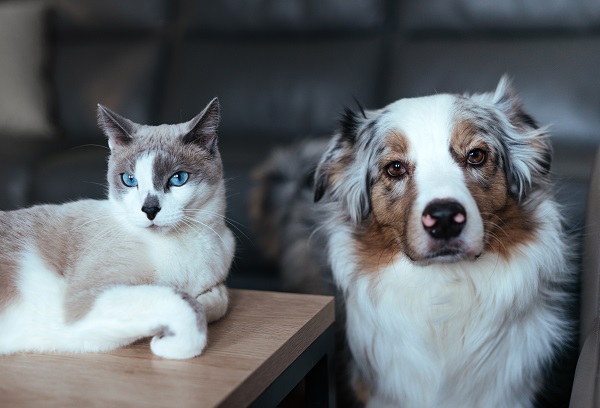
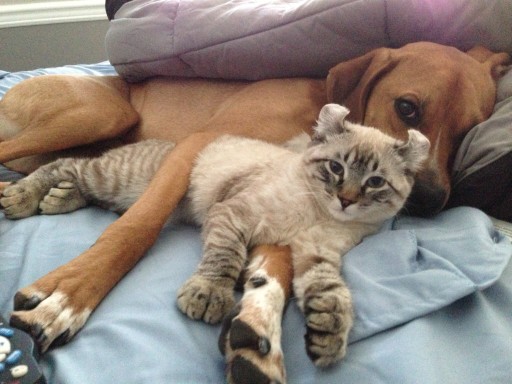
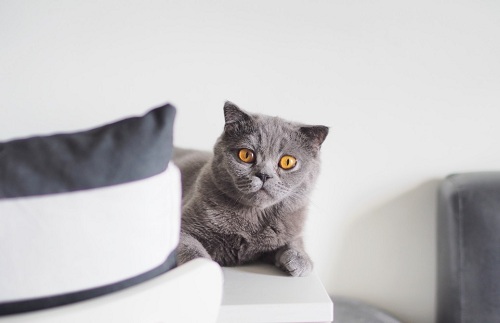
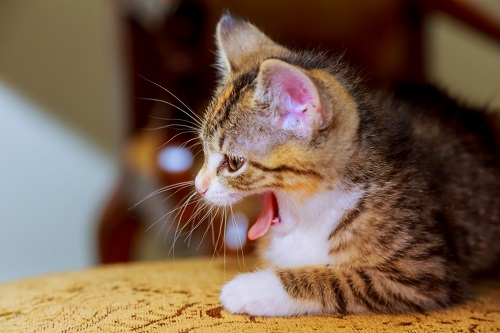
















 in Chandigarh, India.
in Chandigarh, India. 

